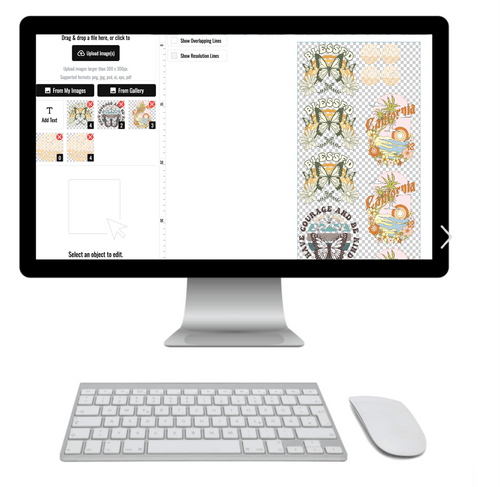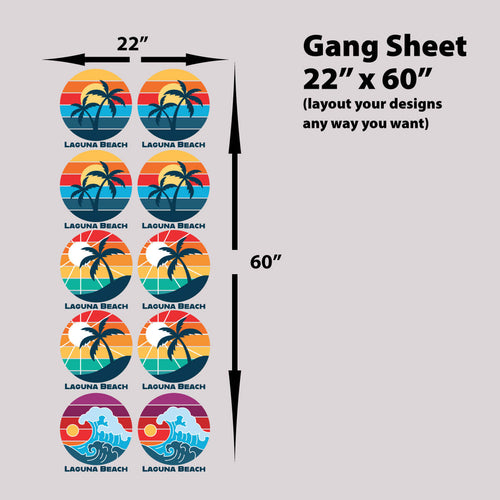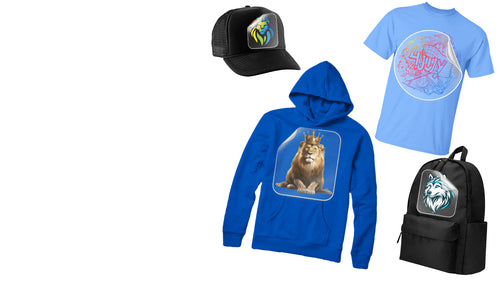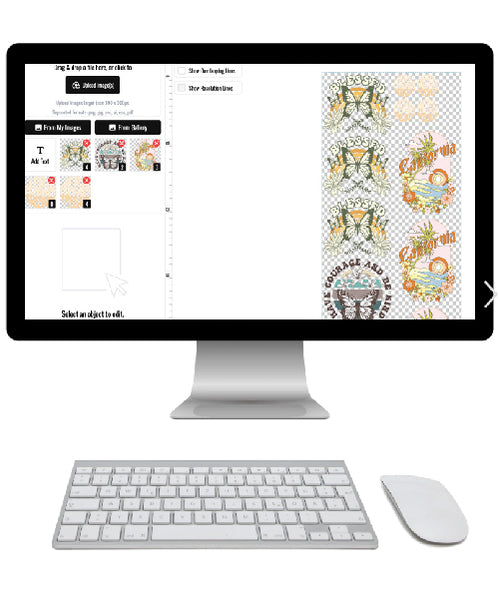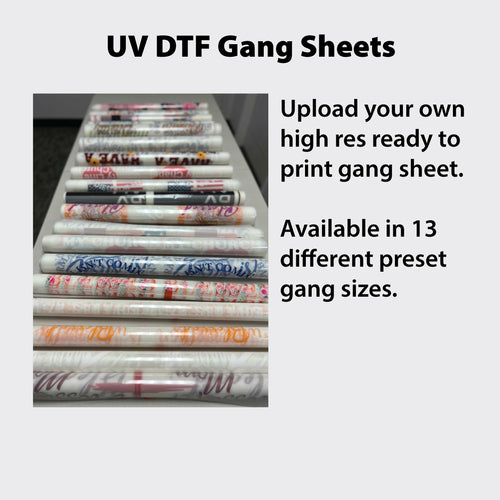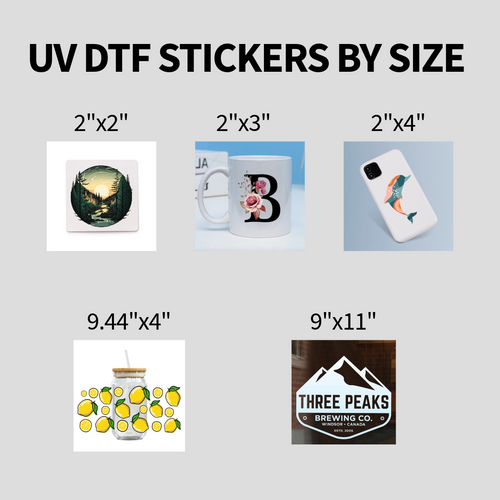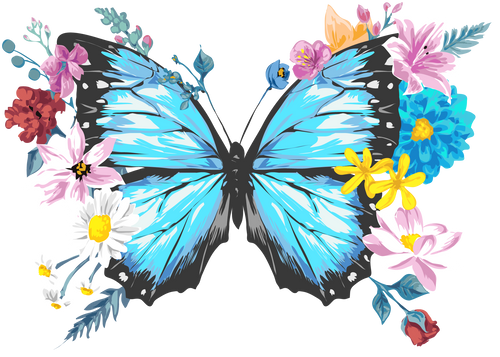Direct to Film (DTF) printing has gained popularity in the world of garment decoration for its versatility and efficiency. One common question that arises in DTF printing is: which side of the transfer film should you print on? Let's delve into this topic to shed some light on the matter.
Firstly, it's important to understand the structure of DTF transfer films. These films typically consist of two layers: a printable side and a non-printable side. The printable side is coated with a special layer that allows the ink to adhere effectively during the printing process, while the non-printable side serves as a protective barrier.
Now, which side should you print on? The general rule of thumb in DTF printing is to print on the non-glossy side of the transfer film. This non-glossy side is usually the printable side, where the special coating facilitates ink adhesion. Printing on this side ensures that the ink is properly transferred onto the garment during the heat pressing stage, resulting in vibrant and durable prints.
Printing on the correct side is crucial for achieving high-quality results in DTF printing. Printing on the wrong side, such as the glossy side, can lead to ink smudging, poor adhesion, and overall inferior print quality. Additionally, printing on the wrong side may cause issues during the heat pressing process, potentially ruining the transfer and wasting materials.
In conclusion, when it comes to DTF printing, always remember to print on the non-glossy side of the transfer film for optimal results. By following this simple guideline, you can ensure that your DTF prints turn out beautifully and meet the expectations of your customers. So, next time you fire up your DTF printer, remember to print on the right side and watch your designs come to life on garments with stunning clarity and precision.


